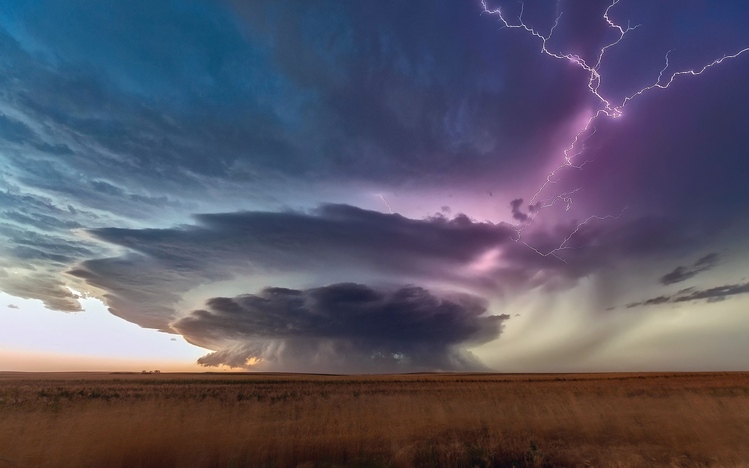Table of Content
- Rate Articles What Is The Difference Between Raid-5 And Raid-1 Technology
- What You Need to Prepare Before Setting up RAID
- How to Create a Software RAID Array in Windows 7
- Spark! Pro Ho Ho Ho Series December 23rd, 2022
- Way 3. Setup RAID Using MiniTool Partition Wizard
- Question about What Is The Difference Between Raid-5 And Raid-1 Technology
Click next and then select which disks you want included in your new volume (a.k.a. software RAID). The first step you need to do is backup your information on the disks you want to use in the RAID. While it is not required that you format your disks for some of the RAID options, don’t take the chance and make a backup. Select the drives you want to use and edit the volume sizes if necessary. You will be prompted to convert the disk to Dynamic disk.
Verify your accountto enable IT peers to see that you are a professional. Complete the steps in order to get the chance to win. I fully agree with the recommendation to use implementation of raid. Here's how you can set up a RAID 1 mirror for your Windows 7 workstation in just a few minutes.
Rate Articles What Is The Difference Between Raid-5 And Raid-1 Technology
Any time you physically move a hard drive you are risking failure. If you've ever taken one apart you'd understand why. They are incredibly complex mechanical devices with very small tolerances. Replace the failed drive, rebuild the array, and move on.

Well, you need to make sure that each disk you added to the array is not more than the smallest disk size when setting up RAID 0 Windows 10. The device will mirror its 2 disks in its own way. Doesn't matter since all you want is anything written / saved / read from your "Disk E" in Windows to be mirrored which the RAID 1 will do. Setting the disks to mirror will not copy disk A to disk B during RAID setup, which is what I think you assume will happen. Please notice to the third characteristic “Data is duplicated on two dynamic disks”.
What You Need to Prepare Before Setting up RAID
Go to the Boot tab and set the Launch CSM option to Disabled. In the Advanced tab, go to the SATA Mode Selection option and set it to Intel RST Premium With Intel Optane System Acceleration , and set SATA Controllers to Enabled. As shown above, you can set up RAID 1 and RAID 5 with the Storage Space tool, but it can’t configure RAID 0.

You may need to call another tech to do this or call the Kroll Ontrack Opens a new window data emergency line. Why did you send a PC off without a good backup? I suggest you get a good backup plan going in the future.
How to Create a Software RAID Array in Windows 7
Storage is cheap and this turns a HDD failure from a potential problem into the equivalent of having your refrigerator order milk for you when you run out. You describe the machine as "Dell tower- Win7, 4mb RAM, RAID 1 " so I am going to assume it is a desktop and not a server. Picture trying to run a 3D CAD program on a 66MHz 486 machine. Like James2606 indicated, I would let it finish its thing and then check to see if the array is still in a degraded state and go from there. With 1TB drives this will probably take the better part of hours to complete.
How to back up hard drives easily and quickly? MiniTool Partition Wizard can achieve that with a few clicks. It’s a powerful partition manager that can migrate OS and even copy the whole disk. RAID 0 is also known as a striped volume that’s composed of two or more hard disks.
What Is The Difference Between Raid-5 And Raid-1 Technology Stop Windows 7 Error 0x0000007b
So, we recommend you use the following 2 methods. Step 5.Read the information and click theFinishbutton in the next window. Finally, click onApplyto execute the pending operations. Select the target disk that you want to copy disk to and click onNext. If you are prompted to confirm this operation, click on Yesto continue. Here I've got 2 RAID 0 arrays of 2 HDDs each on the 4 bay device.
The Simple option pools the disks, the Two-way mirror and three-way mirror options are similar to RAID 1, and Parity is similar to RAID 5. Once confirmed, click on Create storage space. When it comes to RAID 1, we often think of the mirrored volume that is a technique of writing the same data to more than one drive. Each drive on the RAID 1 array contains an identical copy of the data. This configuration owns high data security because it provides fault tolerance and redundancy. That is to say, if an individual drive fails, the second one can continue to work.
You only can use the "aggregate" disks in the 2 bay array for RAID 1 -- you can't use other HDD's in your system for this. I don't like any RAID setup on a workstation's bootable device, especially if it's software RAID. It would be much better to have a backup drive RAID1 setup in there, that only handles backups. This way, if the main drive dies, you can put in the same size drive, and restore from a backup on those drives, and you're likely back up and running within an hour. Now, you can name the Storage pool, and select a Drive letter and File System from the drop-down menu. Then go to the Resiliency type section, select the RAID type under it.
Finally the disks will be formatted and once the drive is mounted you should be welcomed with the familiar AutoPlay prompt. Right click on the first disk you want included in your RAID and select new spanned volume. In the pop-up window, you will sell all supported volume types according to your present situation. Select Striped or Mirrored and click on Next to go on. Press the F7 key to enter Advanced Mode, and then go to the Advanced tab and select Intel Rapid Storage Technology from the listed options. Now, wait for the process to finish and you should see a single disk in Windows File Explorer.
Owenmpk hit the point i was going to make. First check to make sure the "failed drive" is seated properly. Moving a box like that can cause all kinds of havoc. The more "enterprise grade" the device the less it likes to be moved. VIPRE Rescue Opens a new windowcan run in Safe Mode.

Modern HDD's are quite robust these days -- system has been running almost 24/7 for 2 years without any down time apart from hardware upgrades . I do not usually use raid on workstations at all. I always use raid on servers using sas drives. As far as the hot spare on a raid 1 it is very common all hardware cards can do it that I have seen. If a drive goes down the array will grab the hot spare and keep on going. In a raid 5 you have a drive in parity which will allow your array to keep working if a drive fails.
Question about What Is The Difference Between Raid-5 And Raid-1 Technology
However, RAID 0 provides no fault tolerance and parity information redundancy. That means you willlose all the dataon the entire array once any disk fails and the whole system will be affected. So, it’s not recommended that you use RAID 0 for any critical system.
See my earlier post before using any sort of off-line utilities... Although I agree that it's always a good idea to check cables and device seating before getting into any further troubleshooting. Which of the 3 options we're dealing with will determine course of action and also potential ways that the tech may have inadvertently borked the system.

No comments:
Post a Comment